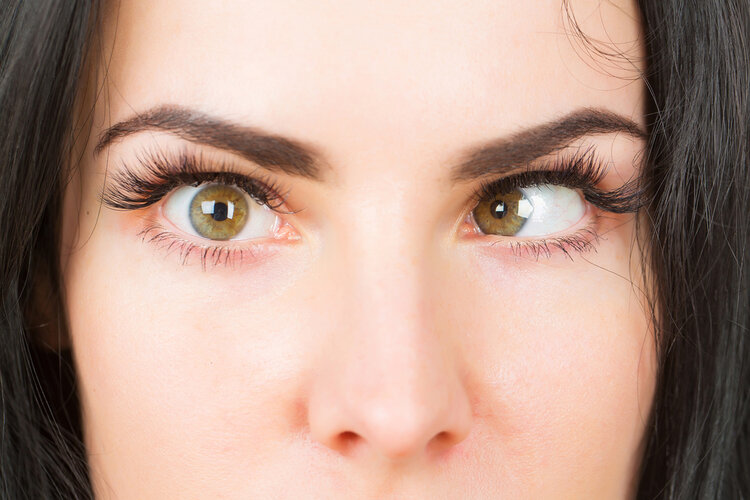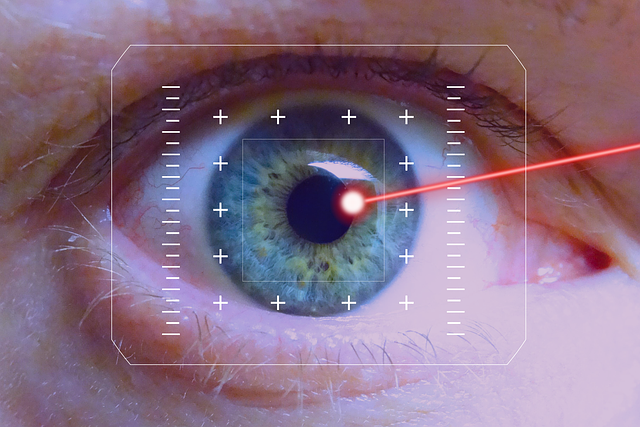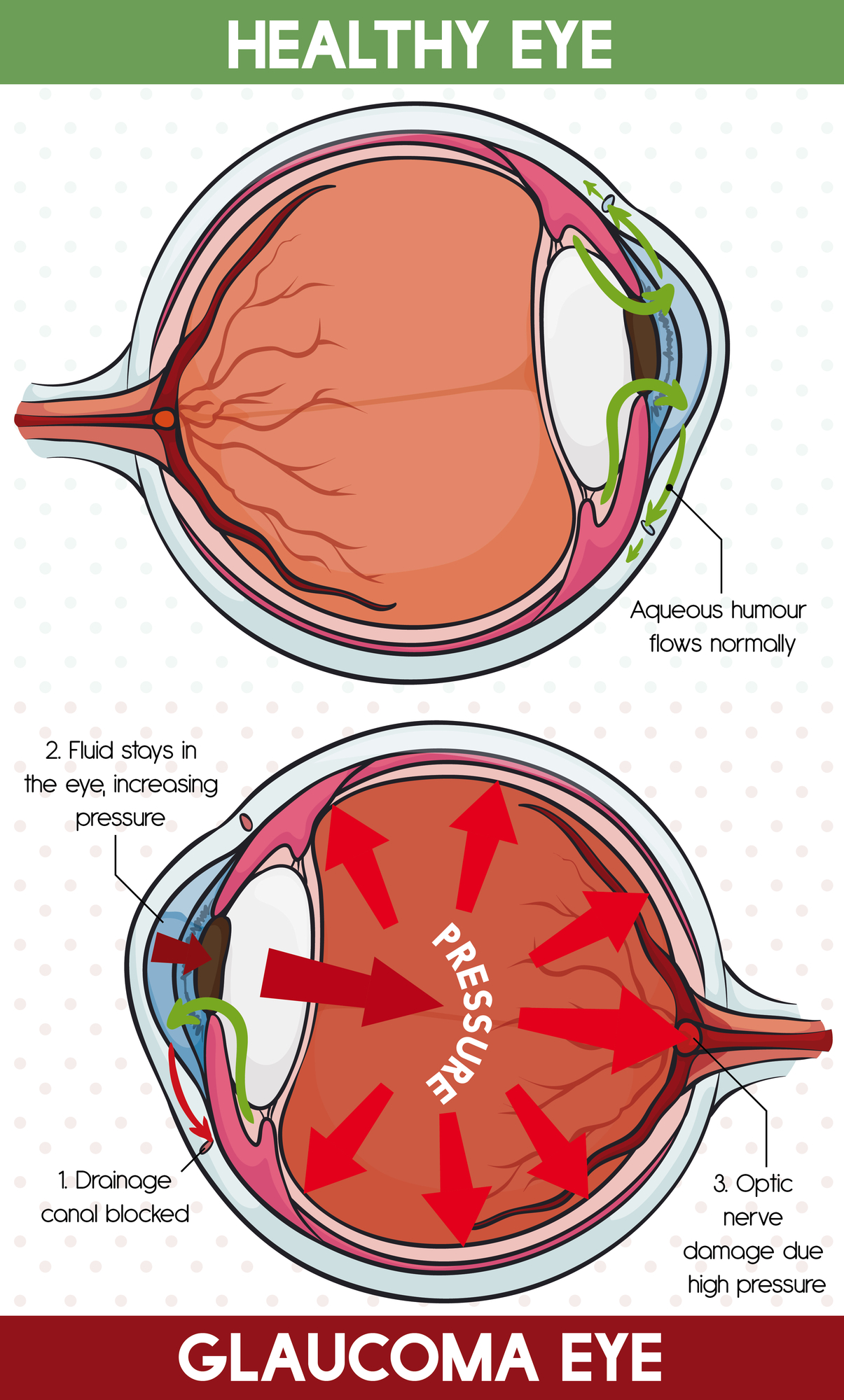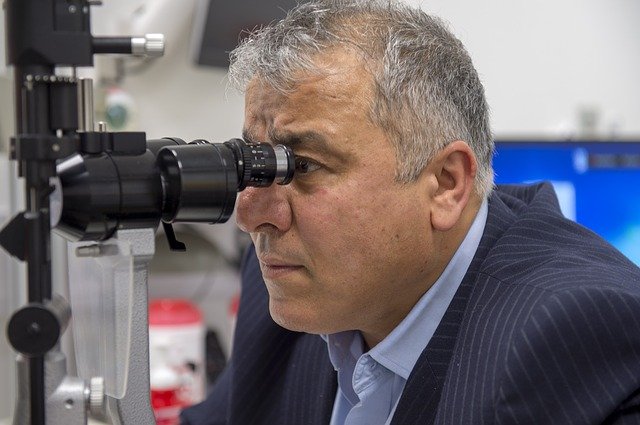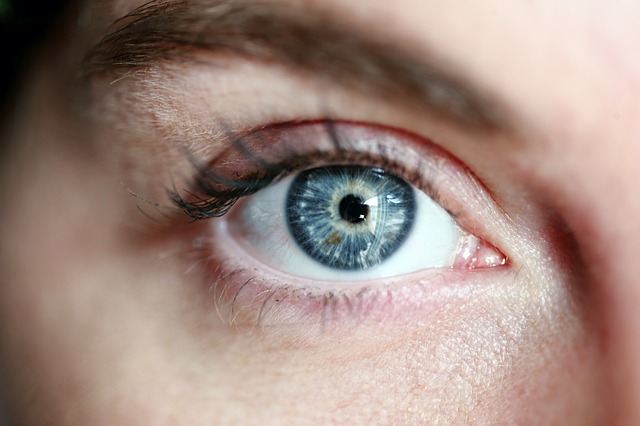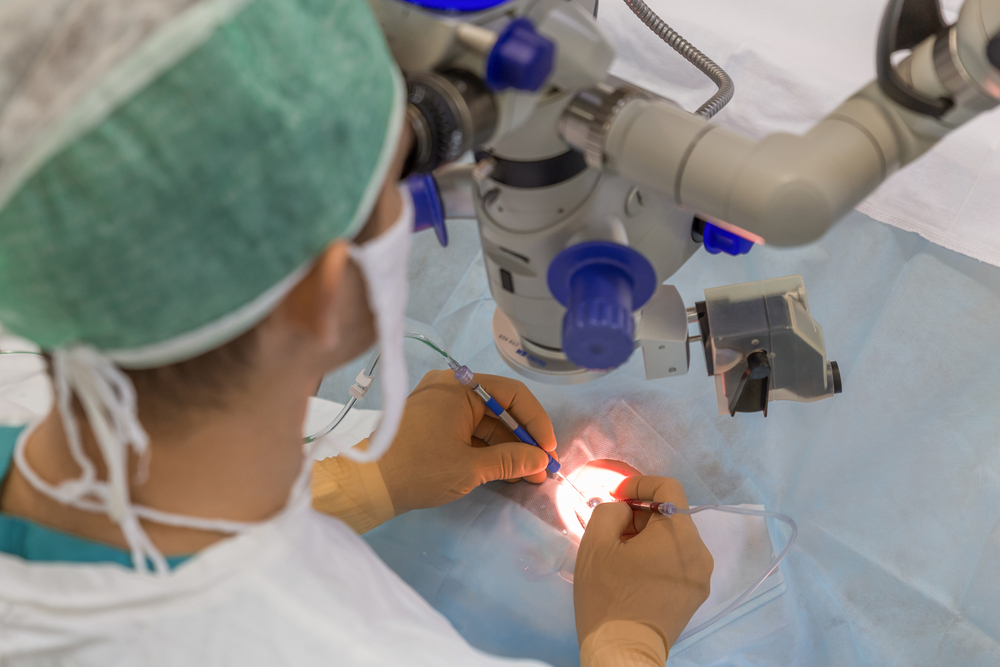
How Long Does Cataract Surgery Take? Here’s the Short Answer:
Cataract surgery is a safe and highly successful procedure that can help restore a person’s vision. The amount of time required for the surgery depends on the complexity of the case and the individual patient, but it typically takes between 10 and 20 minutes.
The recovery time for cataract surgery is usually short, and most patients experience an improvement in vision within a few days.
Detailed Answer:
Cataracts are one of the most common eye conditions affecting older adults. Cataract surgery is a standard method of restoring vision in those affected by the condition, thereby significantly improving their quality of life. Cataract surgery involves replacing the clouded natural lens with a clear, artificial lens that helps restore eyesight. While cataract removal is generally considered safe, with a high success rate with relatively low risk, many individuals want to know how long the surgery will take and what to expect during the procedure. In this blog post, we’ll be exploring how long cataract surgery typically takes and the various factors that influence the duration of the process. We’ll also discuss other essential elements of this outpatient procedure, such as post-operative care and potential complications. Whether you or your loved one is considering undergoing cataract surgery, this post can help answer some of your questions and provide a better understanding of the process of treatment.
Consultation and Pre-Surgery Testing
Before any cataract procedures can be performed, it is vital to have a thorough consultation and pre-surgery testing with an eye surgeon to ensure the process is safe and successful. During the consultation, your ophthalmologist will discuss your goals, current eye health, and any other medical conditions that could affect the surgery. The doctors will then perform various tests to determine if cataract surgery is right for you and decide which type of procedure is best. These tests may include an eye exam, visual acuity, eye pressure testing for glaucoma, and imaging tests.
This consultation and pre-surgery testing should take approximately one hour.
Administering Anesthesia
After the patient is prepped for surgery, the anesthesia team will administer the anesthesia. This includes injecting numbing medication near the eye and administering general anesthesia through an intravenous line. Depending on the anesthesia used, the patient may be unconscious or sleepy during the procedure. Administering the anesthesia usually takes around 10-20 minutes. After the anesthesia has been issued, the surgeon will begin the cataract surgery.
Making An Incision
After the patient has been prepped and pre-medicated, the doctor will make an incision. This incision is usually made on the side of the cornea and is typically just a few millimeters long. The purpose of the incision is to allow the doctor to remove the natural lens. Depending on the type of cataract surgery, this incision may need to be more significant to prepare for the insertion of an intraocular lens. The incision is made using a surgical blade, laser, or both. The incision should not cause the patient any discomfort and will heal quickly after surgery.
Inserting an Intraocular Lens
The fourth step of cataract surgery is inserting an intraocular lens (IOL). An IOL is a tiny, artificial lens that replaces the cloudy natural lens removed during cataract surgery. Depending on the lens type, this surgery step can take between five and 15 minutes. The IOL is inserted through an incision in the cornea, and the surgeon then folds the lens and inserts it into the eye. The surgeon then opens the lens and places it in the proper position. Once the IOL is in place, the surgeon secures it with stitches or an adhesive.
Post-Surgery Care and Follow-up
Once your cataract surgery is complete, your eye doctor will schedule a follow-up appointment to ensure that your eyes are healing correctly and that you see well. Following your eye doctor’s post-surgery care instructions is essential, including using eye drops or other medications, wearing sunglasses, avoiding bright lights, and avoiding rubbing your eyes. During the follow-up appointment, your eye doctor will likely provide you with a pair of glasses while your vision adjusts. In some cases, additional surgery may be recommended to achieve the best possible vision. Again, it is essential to follow up with your eye doctor regularly to ensure that your eyes are healing correctly and that there are no complications.
